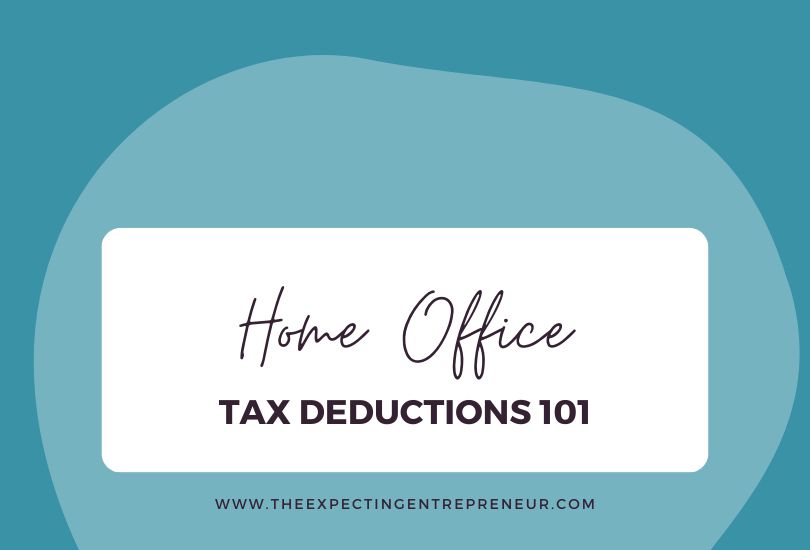Whether you already worked from home pre-baby or are making the move as part of your maternity leave, a home office can be a lifesaver for you as a new mother.
In addition to the convenience, a home office can also be a valuable tax deduction for your business.
Here are four tips to make the most of that deduction and stay out of trouble with the IRS.
#1 Know the rules
Whether your home office is just a desk in the corner or an entire spare room, the space needs to be separate from all of your personal stuff.
This means that your home office can’t double as a guest bedroom or a playroom for your kids.
It also means that you can’t claim the dining room table or the couch — even if that’s where you do most of your work — if that space is also used by you and your family at other times.
This “regular and exclusive use” test shouldn’t discourage you, though. If you can carve out any room or portion of a room to be used regularly and solely for your business, your home office will qualify.
#2 Be clear on your Business HQ
You also need to make sure that your home office is either your principal place of business or where you meet your clients on a regular basis.
As a home-based business, this requirement should be a piece of cake.
If you do most of your work at client’s homes or worksites, however, you’ll still meet the requirement if you use your home office to schedule appointments, take care of bookkeeping, and handle other administrative tasks.
#3 Documentation is your friend
There are two methods of calculating your home office deduction and both methods start with knowing the square footage. Take the time to sketch out the space you are using and include notes on the dimensions of your home office.
Again, it can be an entire room or just one portion of a room that is dedicated to your business. To backup, your drawing and measurements, snap a couple photos of your home office.
Even if you move next year, you’ll have everything you need to prove that your home office was legit!
#4 It doesn’t have to be complicated
As I mentioned, there are two methods for calculating your home office deduction: the Simplified Option and the Actual Expense option.
While the Actual Expense option might yield a slightly better deduction, it involves tracking every single cost associated with your home office, including electric bills and other utility statements, homeowner’s or renter’s insurance, and your monthly rent or mortgage payment. We’re talking a lot of receipts and statements!
Alternatively, you can claim the Simplified Option for the Home Office Deduction, which will provide you with a deduction of $5 per square foot (limited to 300 square feet) with no need for receipts and statements.
If your home office takes up a significant portion of your home, however, it would be worth a visit to your tax preparer to run the numbers and see if tracking actual expenses might bring you a better deduction.
The takeaway?
The home office deduction is an easy way to save on taxes and doesn’t have to be complicated!
Knowing the rules and keeping solid documentation is the first step towards claiming that deduction. For new moms who want to grow their business while being close to their new little ones, nothing beats a home office for convenience and affordability. Using it to save on taxes makes it even more valuable!
Want more resources about financial planning for leave? Check out Chapter 5 of The Expecting Entrepreneur.
 Greenleaf Accounting Services, providing virtual bookkeeping services to consultants, coaches and other service-based businesses from NYC to Anchorage, taking care of the books so they can grow their firms. When she’s not balancing books or attending her kids’ swim meets, Deb volunteers for local animal shelters and trains for local 5k races. You can learn more about Deb and her services here.
Greenleaf Accounting Services, providing virtual bookkeeping services to consultants, coaches and other service-based businesses from NYC to Anchorage, taking care of the books so they can grow their firms. When she’s not balancing books or attending her kids’ swim meets, Deb volunteers for local animal shelters and trains for local 5k races. You can learn more about Deb and her services here.



